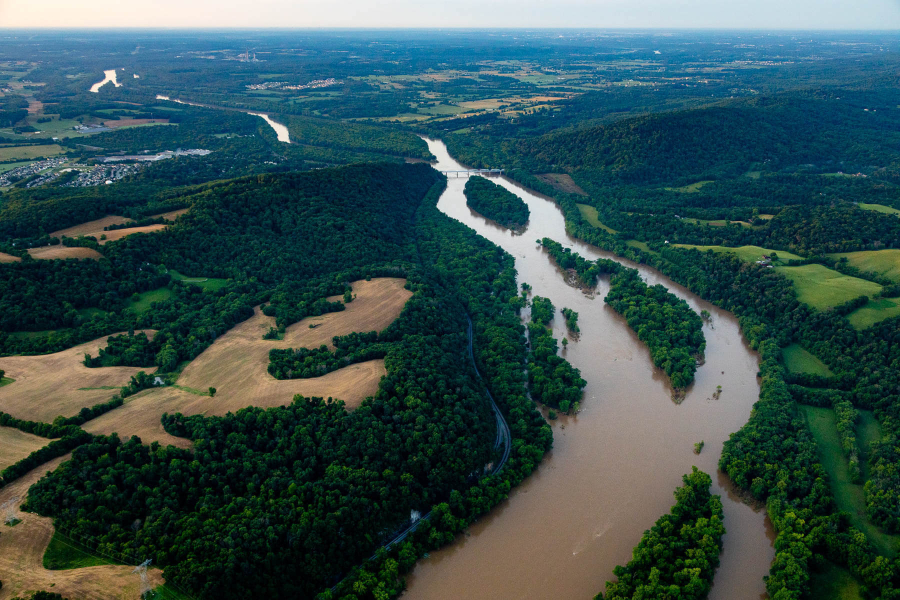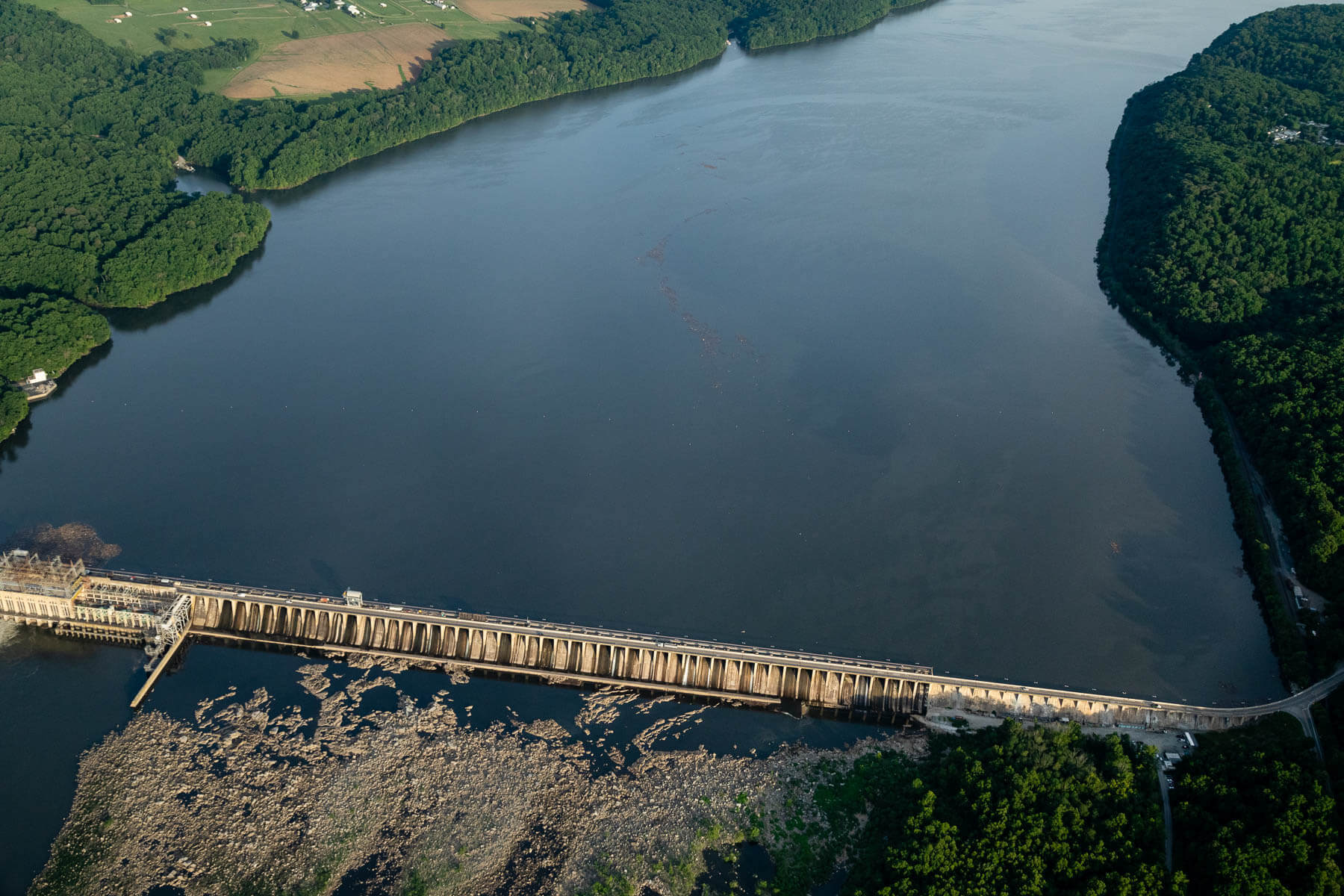Tap into a Chesapeake drinking water lesson

Protecting the rivers, streams and land that drain into the Chesapeake Bay matters for plenty of reasons. One important one being that if you live in the region, then this is most likely the same water you get in your tap.
There are more than 18 million people who live in the Chesapeake watershed and roughly 75% get their drinking water from rivers and streams that flow into the Bay. One of the biggest suppliers, the Susquehanna River, provides drinking water to millions of residents across New York, Pennsylvania and Maryland. Similarly, the Potomac River provides water to folks in Maryland, Virginia and Washington, D.C. And that’s just two of the Bay’s major rivers!
These rivers and streams are considered “surface water” sources, which also include lakes and reservoirs. But drinking water can also come from “groundwater” sources, which form when rainwater seeps through the soil and gets stored in open spaces or in layers of sand and gravel known as aquifers.
Aquifers can be as big as caves but are generally miles of tiny openings where rainwater is held. There are aquifers all throughout the Chesapeake region, with larger ones like the Potomac aquifer, which contains trillions of gallons of water that can be pumped out. Typically, surface water supplies metropolitan areas while groundwater is used by more rural areas and smaller towns.
These two sources are then brought to your by either a public or private water system. If you live in a city like Richmond, Baltimore or Harrisburg, your water likely comes from one large public source, while people in more rural areas often get water from private, underground wells. In Pennsylvania, there are over one million private water wells across the state, which shows just how important it is to protect the Susquehanna.
In both cases, the water has to be cleaned before you can drink it, which falls on water treatment plants. Treatment plants use a combination of chemicals, filtration systems and disinfectants to kill bacteria and remove sediment and dissolved particles. The public treatment plants have to meet water quality standards set by the Environmental Protection Agency (EPA), while private wells are often regulated by states. In northern Virginia, the Potomac River provides water to area residents through the James J. Corbalis Jr. treatment plant, which can treat 225 million gallons of water per day—the equivalent of about 20,833 swimming pools!

These plants make America’s drinking water system work, but water treatment is expensive, and the dirtier the water source, the more costly and less successful the treatment will be. Studies have found that between 21 and 60% of wells tested in Pennsylvania’s lower Susquehanna River basin had nitrate levels exceeding public drinking water standards, which can raise the risk of cancer, nervous system deformities in infants, hemorrhaging of the spleen and other problems. A recent report from the Maryland Department of Energy found levels of the harmful chemical compound PFAS to be greater than the EPA’s health advisory level in two public water systems (one serving the City of Westminster and the other serving the Town of Hampstead).
Pollutants of all kinds are a threat to our drinking water, including those coming from industrial sites, agricultural properties and chemical plants. Forest loss also poses substantial risks to clean drinking water. The forests in the watershed protect and filter drinking water for roughly 75% of watershed residents but we are losing our forests to development. In 2006, it was estimated that as much as 70 acres were lost per day.
But oddly enough, one of the biggest potential for pollutants is the water itself—after it’s been used. Once you’re done using your water to drink, cook, clean or bath with, it leaves your home through your sinks, drains and toilet. This water, no matter how dirty it’s gotten, is sent to a wastewater treatment plant that cleans it up before putting most of it back into the environment. These treatment plants have to be just as effective as the ones that treat your water before it gets to your home. Fortunately, in 2017, the Chesapeake Bay Program and Environmental Protection Agency reduced the amount of nitrogen and phosphorous pollution coming from wastewater treatment plants by 57 percent and 75 percent, respectively—meeting the 2025 goals of the Chesapeake Bay Total Maximum Daily Load.
Know what you know more about drinking water in the Bay watershed, take look at our tips and tricks page to see what you can do to protect it.

Comments
There are no comments.
Thank you!
Your comment has been received. Before it can be published, the comment will be reviewed by our team to ensure it adheres with our rules of engagement.
Back to recent stories